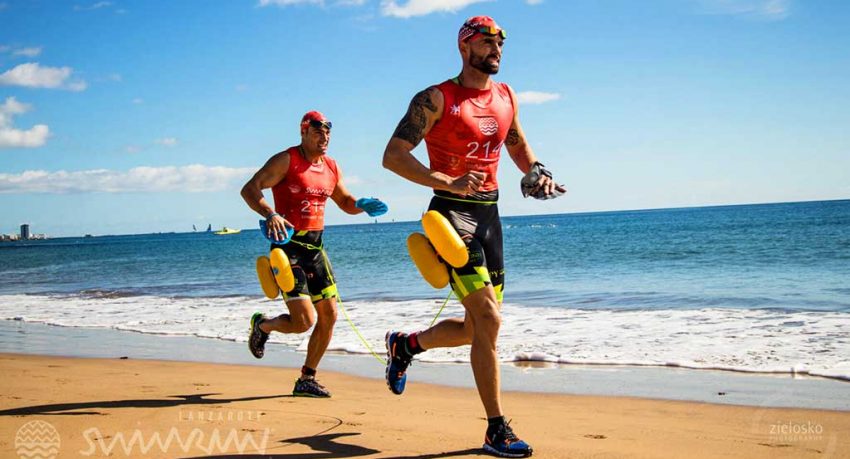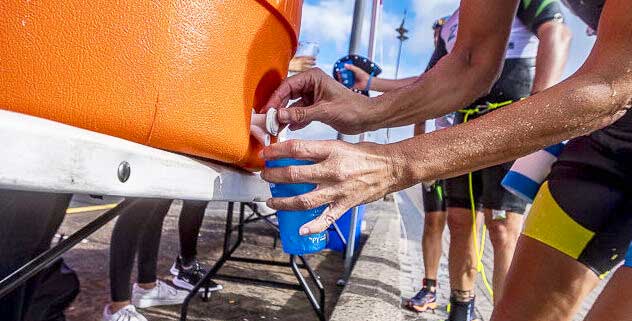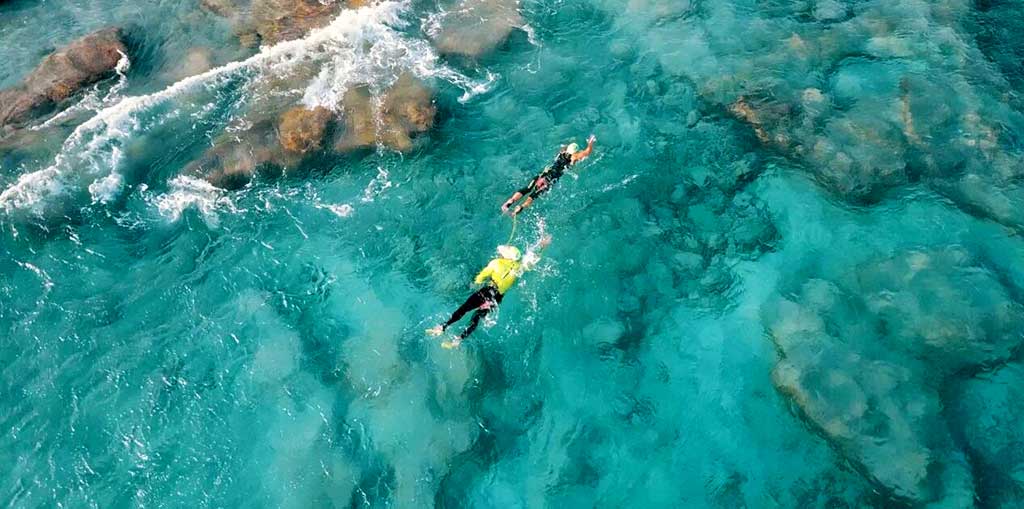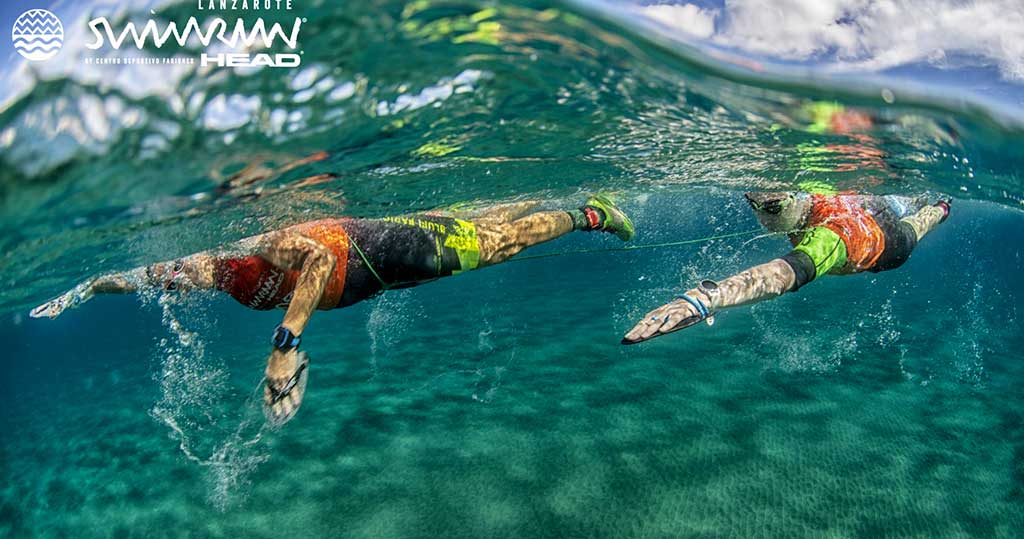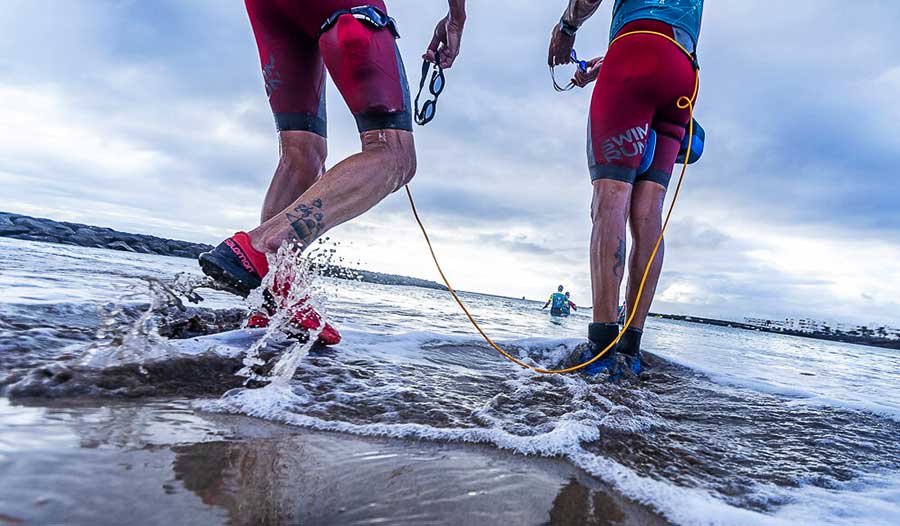* Informationen auf Englisch verfügbar
A few key pointers that will allow you to participate in this sporting event in peak physical condition.
In November 2017, Lanzarote hosted its first Swimrun event, organised by the Centro Deportivo Fariones sports centre. The race is part of the national Head Swimrun Series, and is the final challenge in a calendar that includes all the top Swimrun events in Spain. The event has also become firmly established in the Lanzarote European Sports Destination calendar. However, the combination of running and swimming, coupled with constant changes in temperature, increase the chances of participants suffering from a joint or muscle injury.
During a competition, when you are full of adrenaline and excitement, it is common to get carried away and start the race quicker than your planned pace, which can result in problems of cramping, dehydration and extreme fatigue in the middle and final stretches of the race. Juan Montero, a physiotherapist and director of Stilo Vitae, has given us 5 simple tips to prevent some of the most common injuries that can occur while practicing this sport:
1- Make sure your diet is appropriate, and take care of your hydration and nutrition before and during the event:
You have to fill up your energy tank during the week leading up to the race, and ensure you are getting the vitamins and minerals that are so important for the proper functioning of your musculoskeletal and nervous systems. You must consider your nutrition both in the week before the race as well as on race day itself.
A good hydration strategy, salt tablets, bars and gels will all be your allies during the race, and knowing when to use each one of them depending on time, stage, and energy expenditure will help you achieve your best performance during the race.
2- Using pull buoys for the swim can help you perform better in the race:
Many competitors use ankle bands and pull buoys during the swimming sections. The idea is to use this swimming aid to save your legs, allowing you to perform better during the running sections, preventing cramps or muscle fatigue, and reducing the risk of muscle strains.
3- Hand paddles for swimming are your friends:
Hand paddles are very useful for swimming. However, you have to choose the optimum size carefully, taking into account the amount of water you are able to displace, as well as the nature of the swell and tide where the event is taking place. Paddles that are too big can cause the shoulder and chest muscles to become pumped quickly in the first swimming sections, causing joint problems and muscle fatigue during the middle and end of the race.
4- Wear lightweight, quick-drying shoes:
Another important point is your choice of footwear. Bear in mind that you will be going into the water and then running with wet shoes. A lightweight, quick-drying material is the best choice to avoid lower limb fatigue, cramps and muscle strains. If you are prone to getting blisters on your feet when running, it is best to take preventative measures, because the risk of blisters is very high when you are running with wet shoes that are full of beach sand.
5- Visit your physiotherapist:
It’s a good idea to see your physiotherapist in the week before the competition. A check-up by a specialist, an osteopathic adjustment, a sports massage, a good stretching session, or some pressotherapy sessions will help get your musculoskeletal system in peak condition before you face the competition. It can also be crucial to detect any potential issues that you should bear in mind during the race.
This tuning up is also sure to give you a great confidence boost before it’s time to face the competition.
